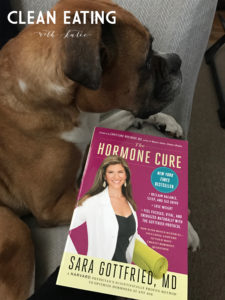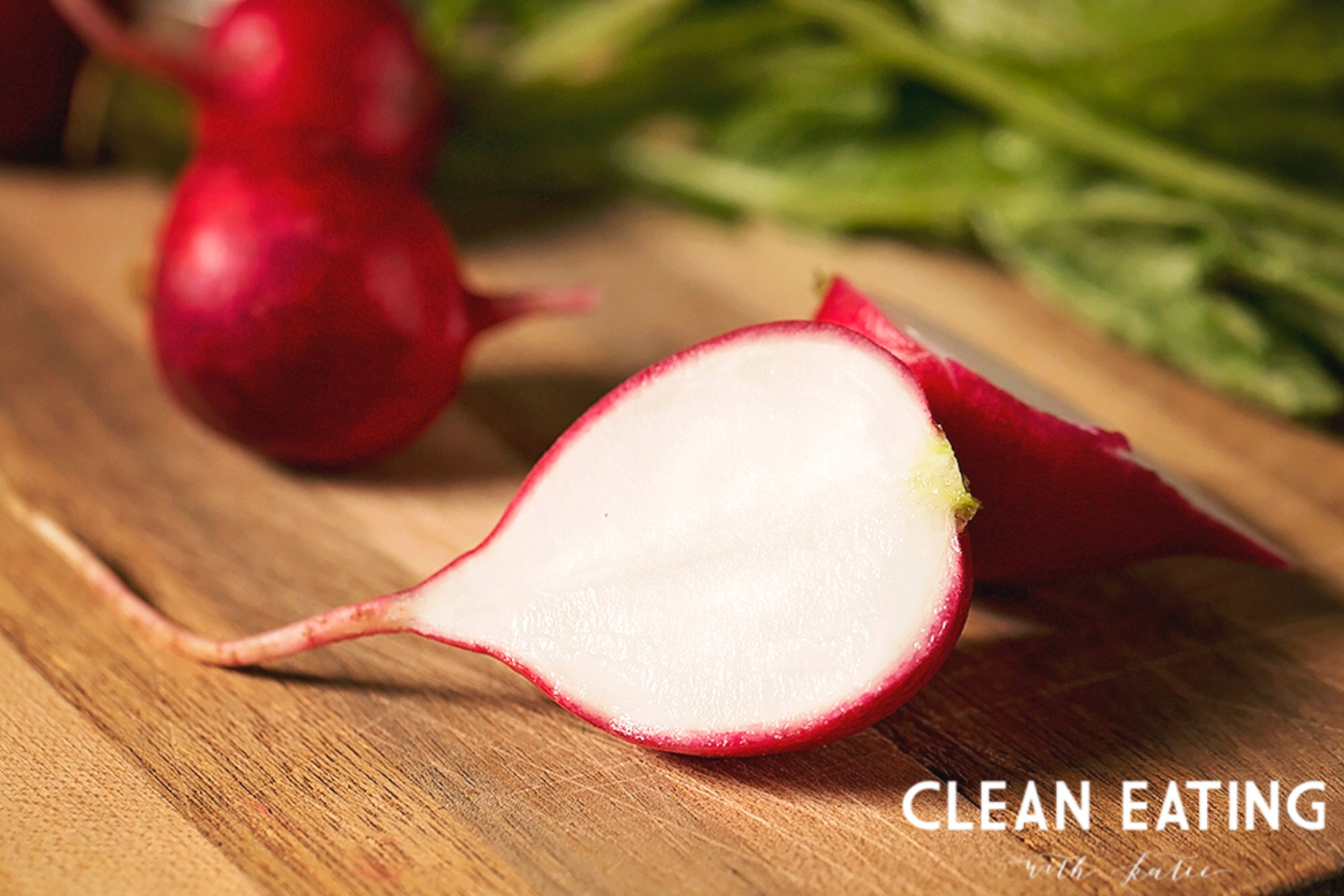I first heard of Dr. Sarah Gottfried from Abel James’ podcast, The Fat-Burning Man. My husband is a HUGE fan (and, well, honestly, he’s pretty easy on the eyes AND he knows nutrition!). Then she was a guest on The Balanced Bites Podcast. After listening to both episodes, I knew I had to check out her book.
The book is focused on women’s health, but many of her dietary and lifestyle recommendations apply to both men and women. I also appreciate how much she loves yoga – she’s a woman after my own heart.
Are you dealing with cortisol problems? Low Progesterone? High Estrogen? Or maybe it’s low estrogen that troubles you? What about your androgen levels? Under active Thyroid? Regardless of your specific hormone challenges, Dr. Gottfried’s book can help you. One of the great things about this book is that it is not necessarily meant to be read cover-to-cover. After rea
ding the introduction and taking the quiz, the reader can jump to the chapter that addresses their specific challenges. She includes anecdotal stories from patients that have used The Hormone Cure to address their hormone imbalances naturally.
For each hormonal imbalance issue, Dr. Gottfried details the science about the hormone, what happens when it is high/low, which testing to seek out (if applicable), and a multi-step protocol for improving the hormone levels, which includes, lifestyle changes and nutraceutical supplement recommendations, herbal supplement recommendations, and bioidentical hormones.
If you or a loved one is dealing with hormonal imbalances, you can take back your life and find balance. This book is a great guide to get back to equilibrium.
Want to see what else I’m reading and loving (or not loving)?? Let’s connect on Goodreads!


